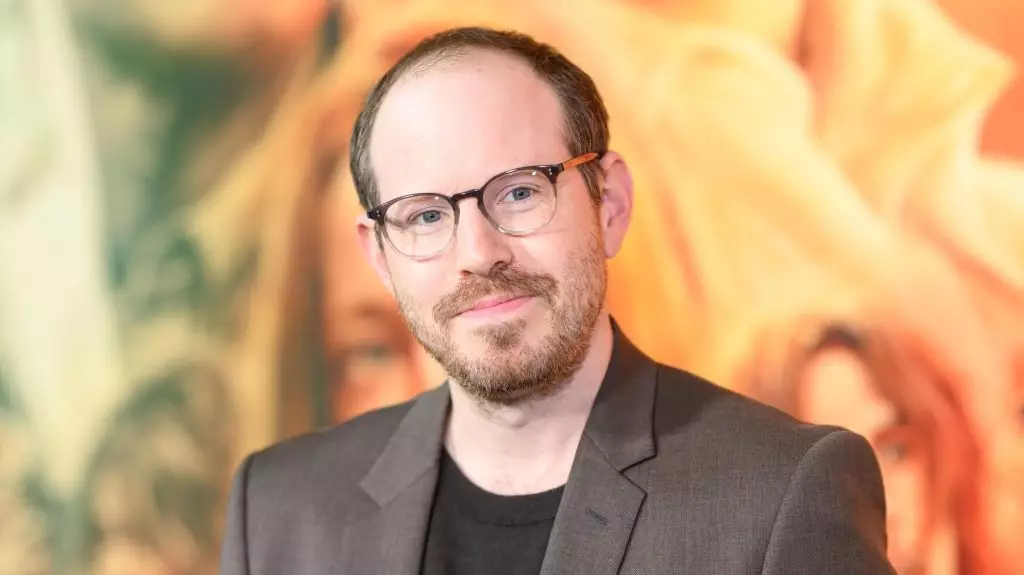The rapid advancement of artificial intelligence in Hollywood and beyond is often hailed as an inevitable leap forward, yet beneath this veneer of innovation lies a disturbing undercurrent of dehumanization. The industry’s flirtation with AI-driven content creation masks a deeper fear: that we are willingly surrendering our artistic essence to machines that mimic life with unsettling accuracy. This shift isn’t merely technological; it’s philosophical. We are gradually eroding the boundary between human ingenuity and machine replication, risking a future where authenticity and emotional depth are replaced by algorithmic facsimiles. When creators begin to rely on AI for storytelling, it strips away the nuanced imperfections and unpredictable inspiration that define genuine artistry, reducing cinema and art to soulless outputs driven by code. This is a dangerous triumph of convenience over conscience.
AI as a Cult or a Technological Doppelgänger?
A profound concern voiced by industry insiders—and troublingly validated by recent developments—is that AI is revered not as a tool but as a deity. The language employed by those pushing its boundaries often contains reverence akin to religious devotion, treating algorithms as messengers of salvation rather than instruments of innovation. This worshipful attitude signals a core problem: a loss of critical perspective on AI’s role and limitations. The notion that AI could be an extension of ourselves might seem empowering, but in reality, it risks enslaving us further into a cycle where technology’s authority grows unchecked. When engineers and developers begin to see AI as an omnipotent entity rather than a product of human design, it signals a dangerous abdication of agency, where the human element becomes secondary to the pursuit of technological dominance.
The Ethical Dilemma and the Erosion of Control
The political landscape complicates these issues, exemplified by recent legislative maneuvers like the attempted ban on regulation-driven AI development. While some sectors seek to wield AI responsibly—calling for “clean AI” standards—such efforts seem insufficient amid the broader momentum of unchecked innovation. This blind rush toward integrating AI into creative industries resembles a race to the bottom, driven by greed, fear, and a misplaced faith in technology’s infallibility. The unsettling truth is that society has little say in how AI evolves, and the urgency felt by creators like Ari Aster underscores a core crisis: the loss of human oversight. As AI-generated images and videos become indistinguishable from reality, the very fabric of truth and authenticity unravels. In this landscape, the line blurs between reality and simulation, leaving us vulnerable to manipulation, disillusionment, and cultural decay.
The Consequences of a Merging Reality
This new era confronts us with a stark reality—technology is no longer a mere extension of human capability but a growing force that shapes perceptions and values. The mystical allure of AI obscures its darker implications: the potential for mass disinformation, the commodification of human experience, and the disappearance of genuine human connection. The fear isn’t just about losing control; it’s about losing ourselves. As these intelligent systems continue to evolve at an unprecedented pace, we risk becoming passive spectators in our own cultural evolution, ceding our creative power to entities we barely understand. The unsettling truth is that if we do not critically examine and challenge this trajectory, we might wake up in a world where human authenticity is sacrificed at the altar of technological progress.


Leave a Reply